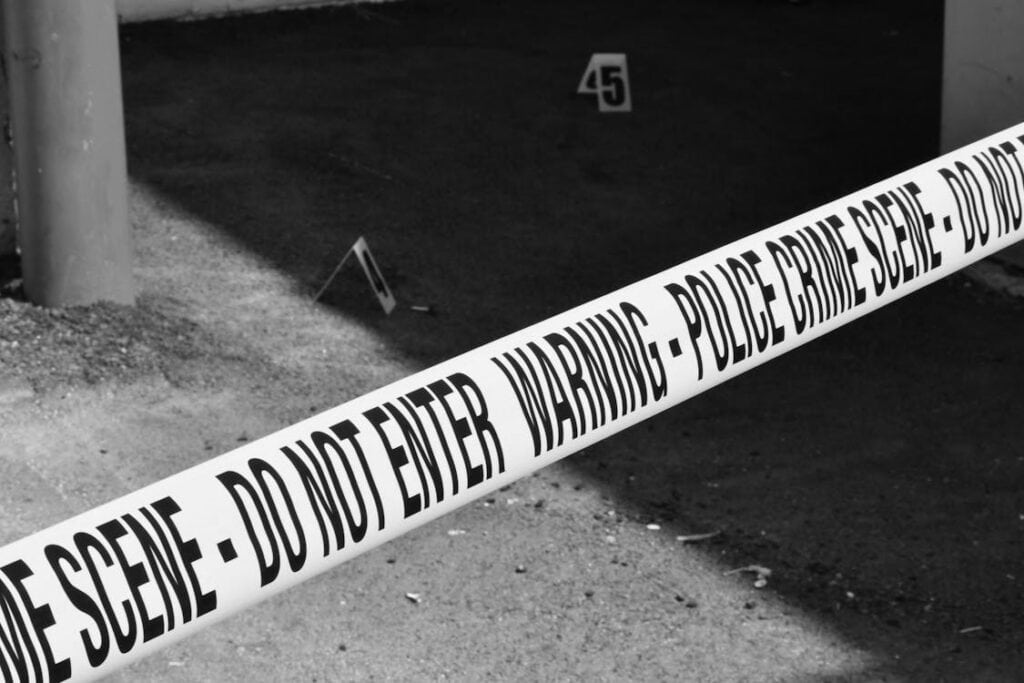A version of the following commentary appeared in the St. Louis Post-Dispatch on January 26, 2025.
He is right — it’s easy to be critical of political leaders for doing work that, frankly, many of us would not want to do ourselves. To the degree that St. Louis has seen a drop in crime, this is undeniably good news.
But …
While homicides and other crime rates may be moving in the right direction, it is vitally important that policymakers and the public understand why. Otherwise, we risk misattributing even small successes and squandering the opportunity to learn valuable lessons. The cost of such mistakes is not just theoretical — it’s a path St. Louis has walked before, and one we cannot afford to repeat.
A recent report by Sicuro Data Analytics, published by the Show-Me Institute, highlights key trends and challenges in Missouri’s largest cities.
While St. Louis has seen a modest decline in crime, the report notes that violent crime rates — especially homicides — remain significantly higher than in comparable cities. Clearance rates and police staffing levels are not where they should be. These factors, combined with changes in criminal justice policies, create a complex landscape that demands careful analysis.
The report emphasizes that St. Louis’s crime problem is not evenly distributed. A small number of offenders are responsible for a disproportionate share of violent crime, making targeted interventions essential. Without more detailed data on prosecution outcomes, offender histories and sentencing, policymakers risk pursuing broad reforms that fail to address the concentrated nature of violence.
Policymakers and leaders must resist the temptation to claim credit for recent improvements without fully understanding their causes. Misattributing crime reductions to unproven policies could lead to complacency or the entrenchment of ineffective strategies.
For example, the Show-Me Institute report notes that while diversion programs and progressive reforms, such as zero cash bail and decriminalizing low-level offenses, are intended to reduce punitive impacts, their long-term effects remain unclear.
Without careful evaluation, such policies could inadvertently exacerbate problems. For instance, declining clearance rates could signal a lack of accountability for offenders, undermining public safety. Similarly, underestimating the role of police presence in deterring crime might lead to ending programs that contributed to recent successes.
St. Louis faces an uphill battle against decades of policy failures, economic decline and social challenges. However, effective solutions are within reach.
The city’s efforts to recruit and retain more police officers, including offering higher pay, are a welcome step, but they must be part of a broader strategy. Research shows that community policing, targeted interventions, and data-driven policies can make a measurable difference.
The Sicuro Data Analytics report highlights promising opportunities such as focusing on high-impact offenders; enhancing data collection regarding prosecution, sentencing, and recidivism; and investing in community trust to improve cooperation and reduce crime.
Additionally, diversion programs for first-time offenders, when carefully implemented, have been shown to reduce reoffending by avoiding the stigma of a felony conviction. However, these programs must be paired with robust evaluation mechanisms to ensure they deliver results.
St. Louis cannot afford to let promising trends lead to complacency. Crime trends can reverse quickly, especially if policymakers pursue untested reforms or fail to address root causes.
The city’s leaders must focus on actionable, evidence-based goals rather than bowing to ideological pressures. This means prioritizing core responsibilities like public safety and ensuring that resources are allocated where they will have the greatest impact.
The lessons from St. Louis are clear: progress requires both compassion and accountability. Policymakers must embrace strategies that rebuild trust, restore safety, and offer hope to communities most affected by violence. By learning from the past and relying on solid evidence, St. Louis can chart a path toward a safer, more vibrant future.
